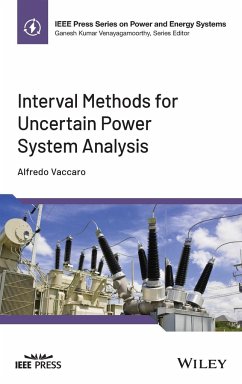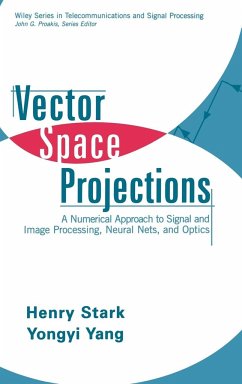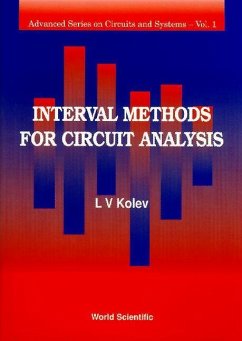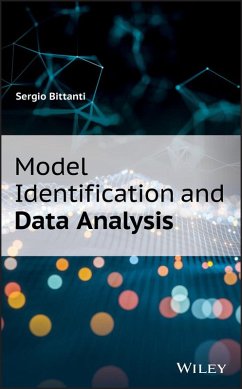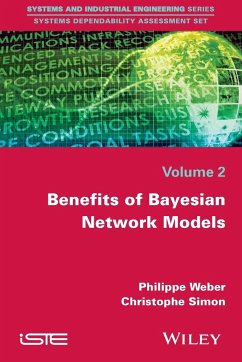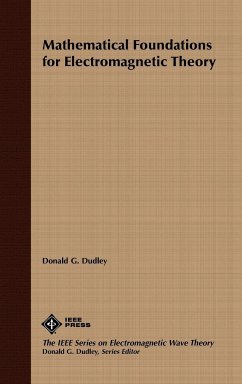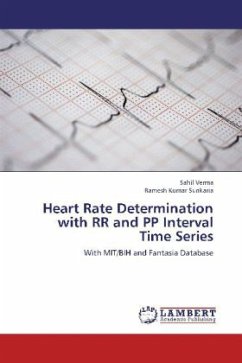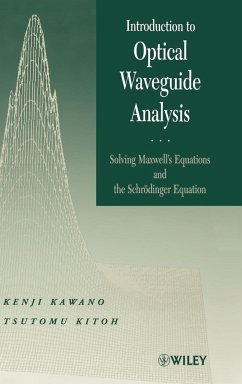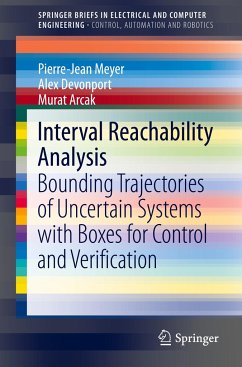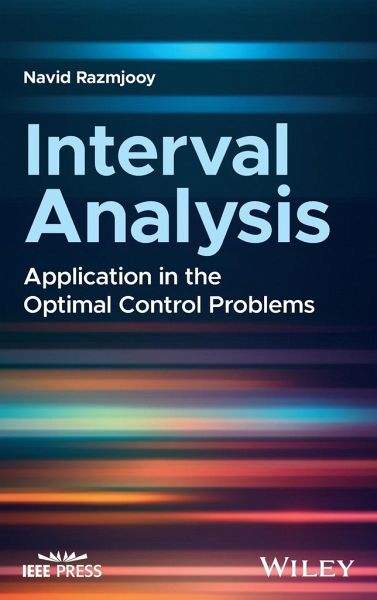
Interval Analysis
Application in the Optimal Control Problems
Versandkostenfrei!
Versandfertig in über 4 Wochen
122,99 €
inkl. MwSt.
Weitere Ausgaben:

PAYBACK Punkte
61 °P sammeln!
An innovative and unique application of interval analysis to optimal control problems In Interval Analysis: Application in the Optimal Control Problems, celebrated researcher and engineer Dr. Navid Razmjooy delivers an expert discussion of the uncertainties in the analysis of optimal control problems. In the book, Dr. Razmjooy uses an open-ended approach to solving optimal control problems with indefinite intervals. Utilizing an extended, Runge-Kutta method, the author demonstrates how to accelerate its speed with the piecewise function. You'll find recursive methods used to achieve more compa...
An innovative and unique application of interval analysis to optimal control problems In Interval Analysis: Application in the Optimal Control Problems, celebrated researcher and engineer Dr. Navid Razmjooy delivers an expert discussion of the uncertainties in the analysis of optimal control problems. In the book, Dr. Razmjooy uses an open-ended approach to solving optimal control problems with indefinite intervals. Utilizing an extended, Runge-Kutta method, the author demonstrates how to accelerate its speed with the piecewise function. You'll find recursive methods used to achieve more compact answers, as well as how to solve optimal control problems using the interval Chebyshev's function. The book also contains: * A thorough introduction to common errors and mistakes, generating uncertainties in physical models * Comprehensive explorations of the literature on the subject, including Hukurara's derivatives * Practical discussions of the interval analysis and its variants, including the classical (Minkowski) methods * Complete treatments of existing control methods, including classic, conventional advanced, and robust control. Perfect for master's and PhD students working on system uncertainties, Interval Analysis: Application in the Optimal Control Problems will also benefit researchers working in laboratories, universities, and research centers.




